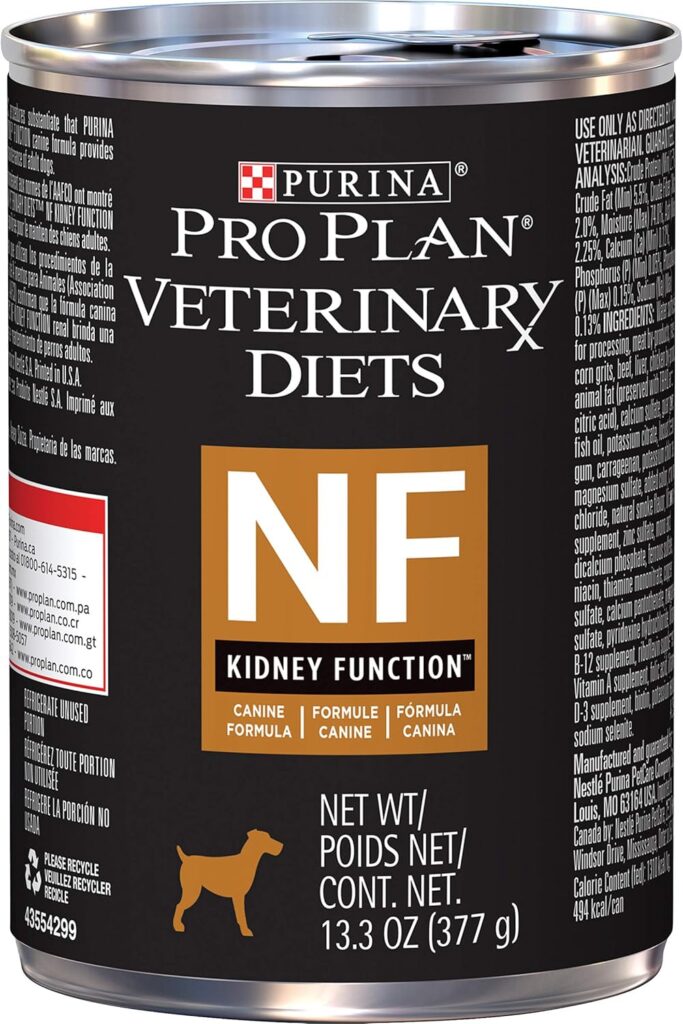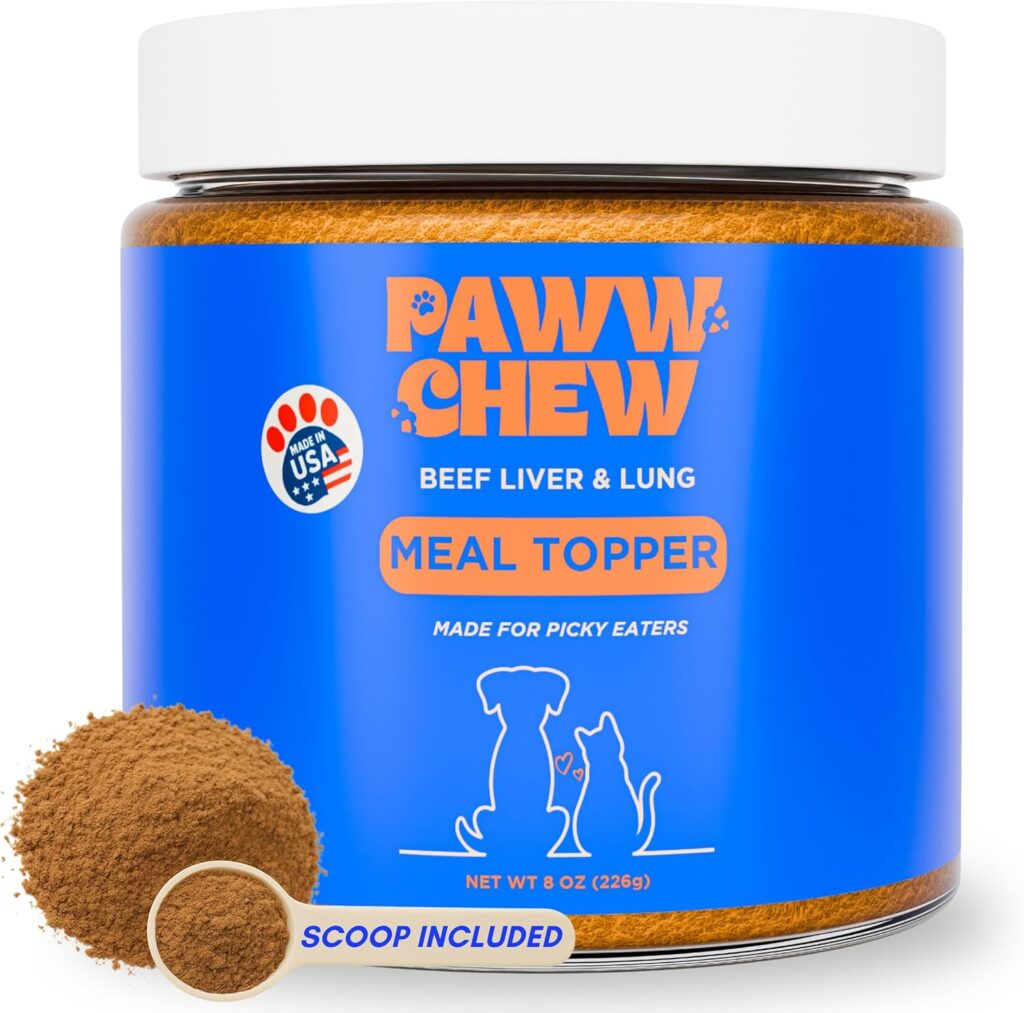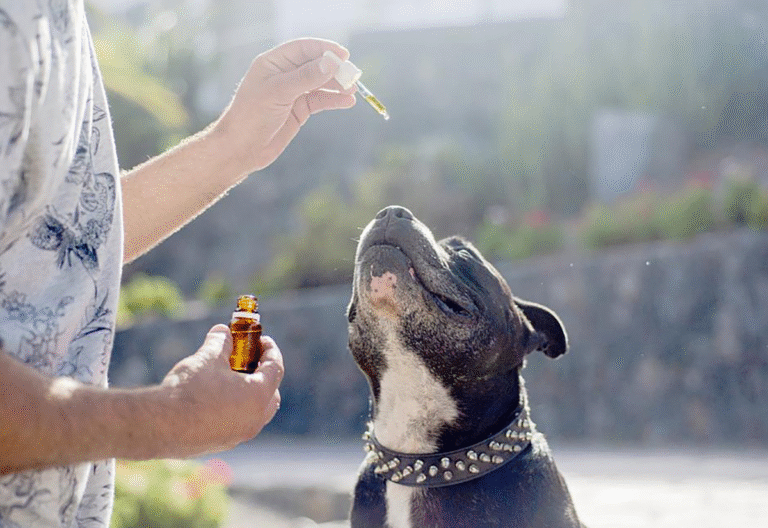Managing Kidney Disease in Senior Dogs: A Complete Guide for Pet Parents
As our beloved canine companions enter their golden years, many pet parents find themselves facing new health challenges. Managing kidney disease in senior dogs has become increasingly common, affecting approximately 1 in 10 dogs over the age of 15. While receiving a chronic kidney disease diagnosis can feel overwhelming, understanding this condition and implementing proper care strategies can help your furry friend maintain a good quality of life for years to come.
If you’re navigating this journey with your senior dog, you’re not alone—and with the right knowledge and veterinary partnership, you can make a meaningful difference in your pet’s comfort and wellbeing.

Understanding Kidney Disease in Senior Dogs
Your dog’s kidneys are remarkable organs that work around the clock to filter waste products from the blood, regulate fluid balance, and maintain proper electrolyte levels. Think of them as your pet’s internal filtration system, processing toxins and excess substances that need to be eliminated from the body.
As dogs age, kidney function naturally begins to decline. Chronic kidney disease (CKD) occurs when the kidneys lose their ability to function effectively over time. Unlike acute kidney injury, which happens suddenly, CKD develops gradually—often so slowly that symptoms don’t appear until 60-70% of kidney function has already been lost.
The good news? While chronic kidney disease cannot be reversed, early detection and proper management can significantly slow its progression and help your dog live comfortably for months or even years after diagnosis.
Recognizing the Warning Signs: What to Watch For
One of the challenges with kidney disease is that early symptoms can be subtle and easy to dismiss as normal signs of aging. However, being alert to these changes can make all the difference:
Early Signs:
- Increased thirst and urination – You might notice your dog drinking more water than usual and needing more frequent potty breaks
- Subtle changes in appetite – Your dog may become pickier about food or show less enthusiasm at mealtime
- Mild lethargy – Reduced interest in walks or play, preferring to rest more often
Progressive Signs:
- Weight loss despite normal eating habits – Muscle wasting becomes more noticeable
- Decreased appetite or nausea – Your dog may turn away from food entirely
- Bad breath or mouth ulcers – A result of toxin buildup in the system
- Vomiting or diarrhea – Digestive upset becomes more frequent
- Weakness and disorientation – Your dog may seem confused or unsteady
Red Flag Symptoms: If you notice sudden changes in any of these areas, contact your veterinarian immediately. Early intervention can prevent complications and improve treatment outcomes.
Veterinary Diagnosis: What to Expect
When you bring your concerns to your veterinarian, they’ll likely recommend several diagnostic tests to get a complete picture of your dog’s kidney function:
Blood Chemistry Panel: Measures creatinine, blood urea nitrogen (BUN), and other markers that indicate how well the kidneys are filtering waste.
Complete Blood Count (CBC): Checks for anemia, which is common in dogs with kidney disease.
Urinalysis: Examines urine concentration, protein levels, and signs of infection or inflammation.
Blood Pressure Measurement: High blood pressure often accompanies kidney disease and requires separate management.
Additional Tests: In some cases, your vet may recommend imaging studies or more specialized blood work to rule out other conditions.
Based on these results, your veterinarian will stage the kidney disease (Stage 1-4) and develop a tailored treatment plan.
Treatment Approaches: Working with Your Veterinary Team
Managing kidney disease requires a multi-faceted approach that addresses nutrition, hydration, medication needs, and ongoing monitoring:
Prescription Therapeutic Diets
Specially formulated kidney diets are often the cornerstone of treatment, featuring:
- Reduced phosphorus to decrease kidney workload
- Controlled, high-quality protein to minimize waste production while maintaining muscle mass
- Omega-3 fatty acids to support kidney health and reduce inflammation
- Adjusted sodium levels to help manage blood pressure
Fluid Therapy
Maintaining proper hydration is crucial:
- Subcutaneous fluids administered at home (your vet can teach you how)
- Intravenous fluids during veterinary visits for more severe cases
- Encouraging natural water intake through various strategies
Medications and Supplements
Your veterinarian may prescribe:
- Anti-nausea medications to improve appetite and comfort
- Blood pressure medications to protect remaining kidney function
- Phosphorus binders to help control mineral imbalances
- Medications for anemia if red blood cell counts drop
- Omega-3 supplements specifically formulated for kidney support
Home Care Strategies: Your Daily Impact

Your role as a pet parent extends far beyond veterinary visits. The daily care you provide at home can significantly impact your dog’s quality of life and disease progression.
Optimizing Nutrition and Feeding
Meal Management:
- Feed smaller, more frequent meals to reduce nausea
- Warm food slightly to enhance aroma and appeal
- Consider hand-feeding if your dog is reluctant to eat
- Track daily food intake to monitor appetite changes
Transitioning to Kidney Diets:
- Make dietary changes gradually over 7-10 days
- Mix increasing amounts of the new food with decreasing amounts of the old food
- Be patient—some dogs need time to adjust to new flavors and textures
Hydration Strategies That Work
Making Water More Appealing:
- Clean and refill water bowls daily
- Place multiple water stations throughout your home
- Try different bowl materials (some dogs prefer ceramic or glass)
- Add a small amount of low-sodium chicken broth to water
- Consider a pet water fountain—the movement and sound often encourage drinking
Monitoring Water Intake:
- Measure the amount of water you put in the bowl and check how much is consumed
- Note any sudden increases or decreases in drinking habits
Creating a Comfortable Environment
Physical Comfort:
- Provide orthopedic bedding to support aging joints
- Ensure easy access to food, water, and outdoor potty areas
- Consider ramps or steps if your dog has trouble navigating stairs
- Maintain a consistent room temperature—kidney disease can affect temperature regulation
Routine and Stress Management:
- Stick to regular feeding and walking schedules
- Create quiet spaces where your dog can rest undisturbed
- Minimize household chaos and loud noises when possible
- Maintain familiar routines to reduce anxiety
Essential Products for Kidney Disease Management
While veterinary care and prescription diets form the foundation of treatment, several products can support your home care efforts:
Nutrition and Feeding:

- Prescription Kidney Diets: Hill’s k/d, Renal Support, or Purina Pro Plan NF
- Slow-feeder bowls: Help dogs with decreased appetite eat at a comfortable pace
- Elevated feeding stations: Reduce strain on the neck and back during meals
Hydration Support:

- Pet water fountains: Encourage drinking with fresh, flowing water
- Multiple water bowls: Stainless steel or ceramic options in various locations
- Flavor enhancers: Low-sodium bone broth or broth powder for dogs
Comfort and Care:

- Orthopedic beds: Memory foam options provide joint support for less active dogs
- Waterproof mattress protectors: In case of accidents due to increased urination
- Non-slip rugs: Provide stability for dogs who may feel weak or unsteady
Monitoring Tools:

- Digital scale: For tracking weight changes at home
- Measuring cups: For accurately portioning food and tracking water intake
- Symptom journal: Keep notes on appetite, energy levels, and bathroom habits
Important Note: Always consult with your veterinarian before introducing new products or supplements to ensure they’re appropriate for your dog’s specific condition and stage of kidney disease.
Monitoring Progress: When to Contact Your Vet
Even with excellent home care, kidney disease is progressive. Regular monitoring helps catch changes early and adjust treatment as needed.
Scheduled Check-ups:
- Blood work every 3-6 months to track kidney function
- Weight and body condition assessments
- Blood pressure monitoring
- Medication adjustments as needed
Signs That Require Immediate Attention:
- Sudden appetite loss lasting more than 24 hours
- Persistent vomiting or inability to keep food down
- Weakness, disorientation, or difficulty standing
- Refusal to drink water or signs of dehydration
- Difficulty breathing or pale gums
- Seizures or collapse
Questions to Ask During Vet Visits:
- How is my dog’s kidney function compared to the last visit?
- Are there any adjustments needed to the current treatment plan?
- What symptoms should I watch for at home?
- Are there any new treatment options we should consider?
The Emotional Journey: Caring for the Caregiver
Watching your beloved companion face a chronic illness is emotionally challenging, and it’s important to acknowledge the toll it can take on you as a pet parent.
Common Feelings:
- Guilt about not catching signs earlier
- Anxiety about making the right decisions
- Sadness about your dog’s changing abilities
- Stress about medical costs and time commitments
- Uncertainty about the future
Finding Support:
- Connect with other pet parents through online communities or local support groups
- Maintain open communication with your veterinary team—they’re there to help you navigate both medical and emotional challenges
- Consider pet loss counseling if you’re struggling to cope
- Practice self-care—you can’t pour from an empty cup
Remember: You’re doing your best in a difficult situation. The fact that you’re seeking information and actively managing your dog’s condition shows incredible love and dedication.
Quality of Life Considerations
As kidney disease progresses, you may find yourself evaluating your dog’s quality of life more frequently. This is a natural part of caring for a senior pet with a chronic condition.
Positive Quality of Life Indicators:
- Interest in food, treats, or favorite activities
- Enjoyment of gentle walks or outdoor time
- Positive response to family interactions
- Comfortable rest and sleep patterns
- Minimal pain or discomfort
Concerning Signs:
- Loss of interest in previously enjoyed activities
- Difficulty with basic functions like eating or mobility
- More bad days than good days
- Chronic pain or discomfort despite medication
- Loss of dignity due to frequent accidents
Having “The Conversation”: Your veterinarian can help you assess quality of life objectively and discuss all available options. There are quality of life scales designed specifically for pets that can help guide these difficult decisions.
Looking Ahead: Hope and Realistic Expectations
Every dog’s journey with kidney disease is unique. Some dogs may live comfortably for years after diagnosis, while others may progress more quickly. Factors that influence prognosis include:
- Stage of disease at diagnosis
- Response to treatment
- Overall health and presence of other conditions
- Age at diagnosis
- Quality of home care and owner compliance with treatment
Reasons for Hope:
- Advances in veterinary medicine continue to improve treatment options
- Early detection and intervention can significantly slow disease progression
- Many dogs maintain good quality of life for extended periods with proper management
- Your dedication and daily care make a measurable difference in your dog’s comfort and wellbeing
Final Thoughts: You’re Making a Difference

Managing kidney disease in senior dogs is undoubtedly challenging, but please remember that your love, attention, and commitment to proper care are making a real difference in your dog’s life. Every extra day of comfort, every moment of joy, and every peaceful rest you provide is a gift.
The journey ahead may have ups and downs, but you don’t have to navigate it alone. Your veterinary team, fellow pet parents, and the resources available to you create a support network that can help you provide the best possible care for your beloved companion.
While kidney disease cannot be cured, it can be managed. With patience, consistency, and the guidance of your veterinarian, many dogs with chronic kidney disease continue to enjoy meaningful, comfortable lives surrounded by the people who love them most.
Your senior dog has spent years bringing joy to your life—now you have the opportunity to return that gift by ensuring their golden years are filled with comfort, dignity, and love. That’s what being a devoted pet parent is all about.
Remember: This article provides general information about managing kidney disease in senior dogs and should not replace professional veterinary advice. Always consult with your veterinarian for diagnosis, treatment plans, and specific recommendations tailored to your dog’s individual needs.
📩 Want more senior dog care tips? Join our email list to receive expert advice, product reviews, and heartwarming stories directly in your inbox.






